Sponsors involved in rare disease drug development are often forced to challenge investigational product (IP) lifecycle convention. Perhaps nowhere is this truer than in rare disease clinical development programmes for cell and gene therapy (CGT) IPs. Fortunately, as shown by recent data points, the United States’ (US) Food and Drug Administration (FDA) is aware of these hurdles and is not seeking to overburden sponsors of these innovative technologies.
According to the FDA’s regulatory definition (Title 21, Part 316; Orphan Drugs), an orphan disease is one that affects fewer than 200,000 people in the US. This is notable as it highlights the first fundamental challenge faced by sponsors of IP – patient availability for recruitment to a study. Furthermore, this already low prevalence in the wider population is potentially diminished again by a patient’s unwillingness to join a clinical trial, or their omission if they do not meet study inclusion criteria.
Accordingly, regulators have acknowledged that for certain IPs, including those designed to treat rare diseases, pursuing a ‘typical’ clinical development programme as below may not be feasible:
- Phase I safety/pharmacokinetic study in healthy volunteers.
- Phase II proof-of-concept (POC) study in patients.
- Two pivotal, well-controlled Phase III investigations.
In consideration of this typical pattern of study, the FDA published guidance in 1998, 2019 and 2023 describing scenarios where a single pivotal trial paradigm may be sufficient, and noted how trials could be augmented by supplemental evidence from alternative sources (e.g. real-world evidence, or natural history study data).[1][2][3]
This was supported by the 2023 finalization of the guidance document: ‘Rare Diseases: Considerations for the Development of Drugs and Biological Products’ which further detailed design considerations for pivotal clinical trials in this space. It contained acknowledgement of the difficulty in including controlling/blinding mechanisms (as seen practically with multiple recent regulatory decisions for CGTs in orphan indications).[4]
Though additional tailoring will be needed for each individual development programme, this signaled a willingness by regulators to work with sponsors towards bespoke solutions in the interest of furthering improvements in public health.
There are multiple examples of this pragmatic approach in the FDA’s recent approvals. CASGEVY (exagamglogene autotemcel; Vertex Pharmaceuticals Incorporated) was green-lit on the basis of a single, open-label phase I/II/III study which only had 31 participants evaluated for the primary efficacy outcome.[5] While Vertex remains bound by post-marketing commitments as a condition of its licence, the CTX001-121 trial for its genome-edited autologous cellular therapy concluded its pivotal interim analysis in just over five years.

Similarly, the genetically modified autologous cellular therapies YESCARTA (axicabtagene ciloleucel; Kite Pharma, Incorporated) and ABECMA (idecabtagene vicleucel; Celgene Corporation) both received approval in under three and six years respectively, following investigational new drug (IND) submission, on the basis of one pivotal clinical trial each. Celgene also performed a non-pivotal, phase I study as part of its development programme.[6][7]
The FDA response to difficulties faced by developers of medicines to treat rare diseases is not limited to the production of new guidance and pragmatic approaches to clinical strategy, as exclusive financial incentives are also available to sponsors of orphan drugs.
In addition to up to seven years of marketing exclusivity protection against any ‘same drug’ (e.g. two gene therapies with the same transgene) for the same indication, there are further financial benefits consisting of US tax credits for clinical trials and exemption from user fees mandated by the Prescription Drug User Fee Act 1992 (PDUFA).[8] The current user fee for a Biologics License Licence Application is $3.24 million for FY2023 and this is set to rise to $4.05 million in FY2024.[9]
Such financial incentives can be critical as, perhaps paradoxically, successful clinical trials could lead to diminishing returns on the market. For single-administration CGTs, it is clearly a reasonable expectation that study participants would then not receive the product again, and so reducing an already comparatively small post-licensing patient population.
Coupling patient availability with what is a lengthy and nuanced manufacturing processes (often requiring autologous sample collection) can result in ‘sticker-price shock’. KYMRIAH (tisagenlecleucel; Novartis) was the FDA’s first-ever approved gene therapy in August 2017 and it was priced at $475,000 per dose. More recently the Agency approved ELEVIDYS (delandistrogene moxeparvovec-rokl; Sarepta Therapeutics) which has been priced at more than $3 million per dose.[10][11]
While the arrival of these treatments on the market is encouraging, the precedents described above are best considered as isolated and instructive examples when considering the risks of an IP development approach.
Notably these meetings are free to sponsors and bound by PDUFA-mandated timelines…
Sponsors should continue to state their specific case to the FDA. With the evaluability of each participant possessing outsized importance relative to traditional development programmes that generate data from thousands of individuals and/or chronic drug product administration, it is advisable to seek interaction with the Agency at an early stage and often. The value of utilising pre-submission collaborations such as INTERACT and pre-IND meetings to de-risk an IND application should not be overlooked.
In these settings, typical discussion topics for GCTs to treat rare diseases may include:
- Adequate safety margins in good laboratory practice toxicity studies and their relation to a proposed therapeutic range, as it would be unethical to ‘under-dose’ participants with persistent CGT IPs.
- Development of a quantitative potency assay or matrix approach, as validation will occur earlier in lifecycle development.
- Utilisation of unvalidated efficacy endpoints and potential controlling mechanisms in the first-in-human study (or a rationale of their infeasibility) such that efficacy data is gained as early as practicable.
- Bypassing adult participants where their inclusion is perceived as unethical, and discussion of appropriate paediatric age de-escalation.
- Companion diagnostics and appropriateness of biomarkers determining study eligibility and/or participant monitoring.
Notably these meetings are free to sponsors and bound by PDUFA-mandated timelines. They represent a formal mechanism to gain the Agency’s current thinking. Importantly, the meetings will also orient FDA reviewers to the sponsor’s IP development programme. This can consequentially pre-position developers for subsequent disease severity and unmet clinical need arguments required to meet the burden of proof for regulatory designations like Fast Track, Breakthrough Therapy and Regenerative Medicine Advanced Therapy (RMAT).
These meetings with the FDA can also help to streamline an early development period that may be inherently long given the time needed to recruit study participants, the manufacture of CGT, participant conditioning and/or run-in and the likelihood of an independent oversight committee review of safety data following the first participant and first cohort.
It is not unusual for the first year of CGT IND-phase development to result in the actual administration of the IP to be made to just a handful of participants or indeed any at all. While such a glacial rate of clinical programme inception is not ideal, the FDA has proven through guidance documents, recent regulatory decisions and a high level of sponsor interaction that developers of groundbreaking CGTs designed to treat rare diseases may still have expeditious and positive outcomes as they move towards the granting of a licence for their IP.
References
[1] US FDA (1998) Guidance for Industry: Providing Clinical Evidence of Effectiveness for Human Drug and Biological Products. Providing clinical evidence of effectiveness for human and bio (fda.gov). Last accessed 31 January 2024.
[2] US FDA (2019) Draft Guidance for Industry: Demonstrating Substantial Evidence of Effectiveness for Human Drug and Biological Products. Demonstrating Substantial Evidence of Effectiveness for Human Drug and Biological Products (fda.gov). Last accessed 31 January 2024.
[3] US FDA (2023) Draft Guidance for Industry: Demonstrating Substantial Evidence of Effectiveness With One Adequate and Well-Controlled Clinical Investigation and Confirmatory Evidence. Demonstrating Substantial Evidence of Effectiveness With One Adequate and Well-Controlled Clinical Investigation and Confirmatory Evidence (fda.gov). Last accessed 31 January 2024.
[4] US FDA (2023) Guidance for Industry: Rare Diseases: Considerations for the Development of Drugs and Biological Products. Rare Diseases: Considerations for the Development of Drugs and Biological Products (fda.gov). Last accessed 31 January 2024.
[5] US FDA (2023) Summary Basis for Regulatory Action, CASGEVY (exagamglogene autotemcel). December 8, 2023 Summary Basis for Regulatory Action - CASGEVY (fda.gov). Last accessed 31 January 2024.
[6] US FDA (2017) Summary Basis for Regulatory Action, YESCARTA (axicabtagene ciloleucel). 18 October 2017, October 18, 2017, Summary Basis for Regulatory Action - YESCARTA (fda.gov). Last accessed 31 January 2024.
[7] US FDA (2021) Summary Basis for Regulatory Action, ABECMA (idecabtagene vicleucel). 26 March 2021, Summary Basis for Regulatory Action - ABECMA (fda.gov). Last accessed 31 January 2024.
[8] US FDA (2022) Designating an Orphan Product: Drugs and Biological Products. Last updated 08 July 2022, Designating an Orphan Product: Drugs and Biological Products | FDA. Last accessed 31 January 2024.
[9] US FDA (2023) Prescription Drug User Fee Amendments. Last updated 14 December 2023, Prescription Drug User Fee Amendments | FDA. Last accessed 31 January 2024.
[10] OncLive (2017) Novartis Sets a Price of $475,000 for CAR T-Cell Therapy. 30 August 2017, Novartis Sets a Price of $475,000 for CAR T-Cell Therapy (onclive.com). Last accessed 31 January 2024.
[11] Sarepta Therapeutics (2023) Investor Relations Discussion on ELEVIDYS. 22 June 2023, PowerPoint Presentation (sarepta.com). Last accessed 31 January 2024.















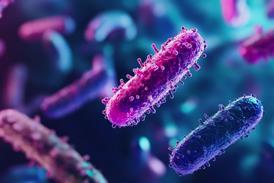





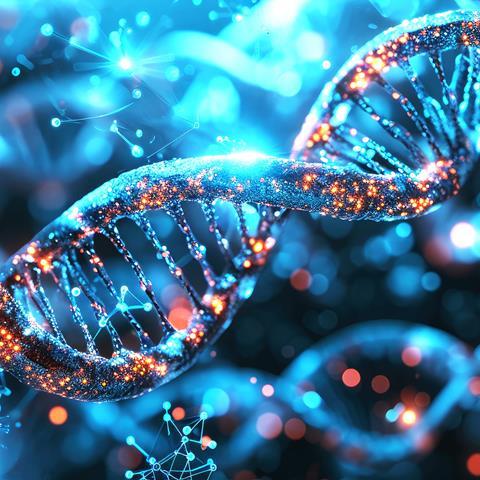


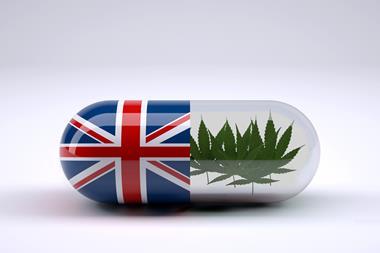






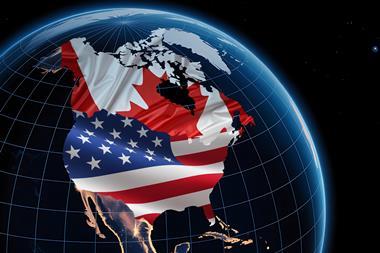
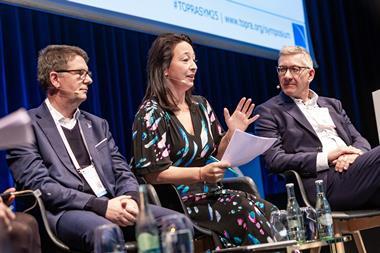
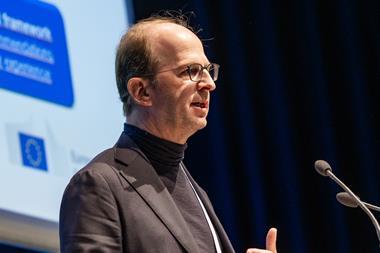
No comments yet